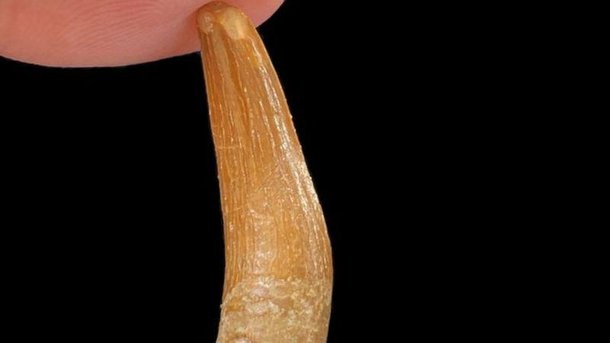A história do Monstro do Lago Ness, uma enorme criatura de pescoço comprido que viveria nas profundezas de um lago escocês, é uma lenda muito antiga e difundida pelo mundo todo. No entanto, recentemente alguns cientistas têm alegado que todo esse conto pode ser mais plausível do que imaginávamos.
No ado, a descoberta de fósseis de plesiossauros sugeriu que essas criaturas marinhas poderiam ter vivido em água doce — o que é uma grande revolução comparado ao que sabia até então. Logo, muitos aram a acreditar que o animal místico do Lago Ness pertenceu a essa ordem de répteis marinhos. Entenda mais sobre o assunto nos próximos parágrafos!
Plesiossauros em água doce
 (Fonte: Universidade de Bath/Divulgação)
(Fonte: Universidade de Bath/Divulgação)
A teoria de que o Monstro do Lago Ness era, na verdade, um plesiossauro ou a ganhar força nos últimos anos. Essa criatura era um réptil de cabeça pequena e pescoço comprido, extinto há cerca de 65,5 milhões de anos. Porém, esse conceito sempre foi descartado porque os plesiossauros só sobreviviam em água salgada — ou pelo menos é o que acreditávamos.
No entanto, pequenos fósseis dessa ordem de répteis foram encontrados em um sistema fluvial de 100 milhões de anos no atual deserto do Saara, na região de Marrocos. Esse fato não só sugere que os plesiossauros podem ter vivido em água doce, mas também em regiões interiores como a do Lago Ness.
A primeira vez que um plesiossauro foi descoberto aconteceu em 1823 pela caçadora de fósseis Mary Anning. O achado recente feito pelos cientistas da Universidade de Bath e da Universidade de Portsmouth, no Reino Unido, também revelou dentes que dão algumas pistas sobre o que esses animais comiam em sua época.
Existência do Monstro do Lago Ness
 (Fonte: Universidade de Bath/Divulgação)
(Fonte: Universidade de Bath/Divulgação)
Conforme apontado pelos pesquisadores, a descoberta dos dentes de plesiossauro mostrou um nível de desgaste pesado. Isso é um indicador de que essas criaturas se alimentavam dos chamados “peixes blindados”, animais exóticos que viviam nos rios da África há 96 milhões de anos.
Em depoimento oficial, o líder do estudo, Nick Longrich, mostrou-se surpreso com os acontecimentos recentes. “Os ossos e dentes foram encontrados espalhados e em diferentes localidades, não como um esqueleto. Assim, cada osso e cada dente é um animal diferente. Temos mais de uma dúzia de animais nesta coleção”, afirmou.
Segundo o pesquisador, encontrar ossos isolados pode parecer uma coisa confusa, mas diz muito sobre ecossistemas antigos e os animais que ali habitavam — sem contar que são muito mais comuns do que esqueletos completos. Porém, o que todos esses dados querem dizer sobre o Monstro do Lago Ness?
De acordo com a Universidade de Bath, a nova descoberta mostrou que o mito é “em determinado nível, plausível”. Como os plesiossauros foram extintos há muito tempo, no entanto, as informações consequentemente permanecem desencaixadas e não há nada que possa colocar um ponto final nessa história no momento.
Fonte: MegaCurioso.
